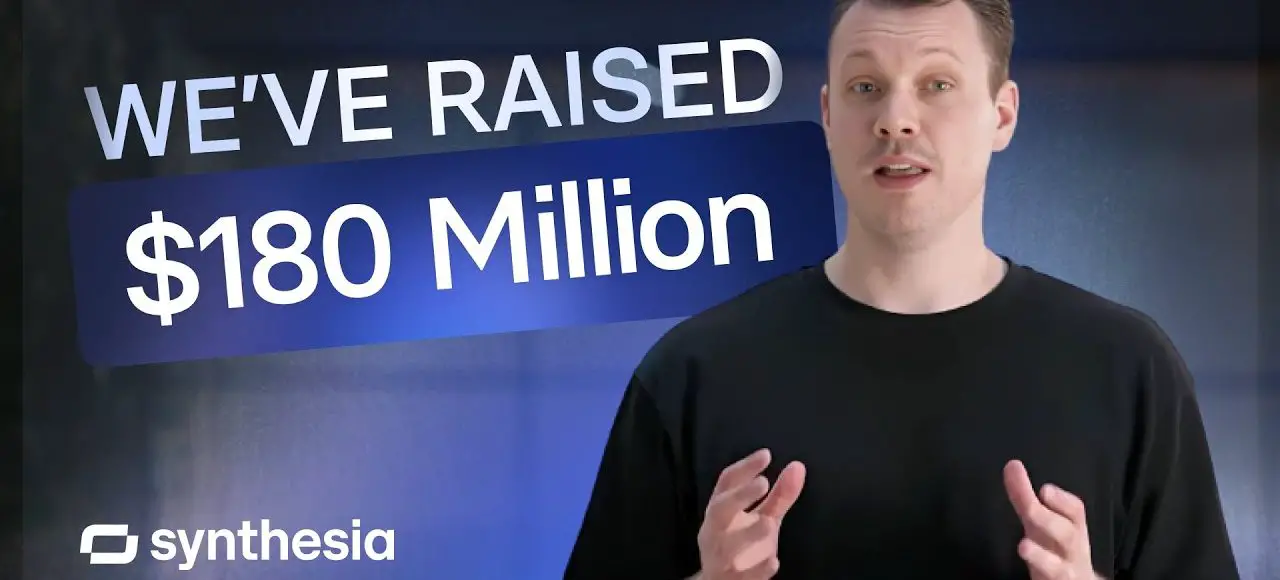The Role of Proxies for Bots
Bots account for a staggering 40% of all internet traffic. That's no small number. As they continue to rise, so does the need for proxies. But what role do these proxies play in bot operations? Let’s dig into it. Understanding Why Bots Use Proxies Proxies are your bot’s cloak of invisibility. By masking its IP address, they keep bots anonymous and secure. Think of them as the guardrails that keep bots from getting blocked or flagged by websites. Without proxies, bots are exposed, making them vulnerable to detection. Proxies also help bots perform tasks like web scraping or bypassing geo-restrictions with ease. They let bots work without interruption, rotating IPs to stay hidden. In short: proxies make sure bots can do their job without anyone noticing. A bot without a proxy? It’s like running a race with no shoes. Different Types of Proxies for Bots The proxy world isn’t one-size-fits-all. Different bots need different tools. Let's break down the top three proxies bots rely on: 1. Datacenter Proxies Speed. Affordability. Efficiency. Datacenter proxies are often the go-to for bots. These proxies are not tied to physical addresses or ISPs; they’re generated by powerful computers. The result? High speed, huge IP pools, and an affordable price tag. Perfect for bulk tasks like web scraping, datacenter proxies are fast and reliable. However, they’re not always as stealthy as other types. Since they’re not linked to physical locations, websites may spot them as suspicious. But if anonymity isn’t a top concern, they get the job done efficiently. 2. Residential Proxies Need to blend in with regular internet users? Residential proxies are your best friend. These proxies are tied to real-world IP addresses, assigned by ISPs to physical locations. This gives bots the appearance of legitimate users, making them nearly impossible to detect as bots. Residential proxies excel when a bot needs to act like a human—like managing multiple accounts or performing tasks that require human-like behavior. They’re pricier than datacenter proxies but offer a higher level of stealth and are much harder to detect. 3. Mobile Proxies With mobile usage exploding, mobile proxies have gained significant traction. These proxies route requests through IPs assigned to mobile devices, mimicking mobile internet traffic. They’re perfect for tasks that need location-based data, like local SEO or mobile app testing. Mobile proxies enable bots to perform location-specific tasks while avoiding detection by security measures targeting automation. They are highly effective in mobile-heavy environments. If your bot needs to simulate a real mobile user, mobile proxies are an ideal choice. Picking the Right Proxies for Bots Choosing the right proxy isn’t as simple as picking one off the shelf. You need to consider your bot’s specific needs. Here’s what to keep in mind: Speed and Rotation: Does your bot need fast IP rotations? Speed and consistency are key here. Make sure the proxy offers quick connections with plenty of IPs to rotate through. Geographic Reach: Are there geo-restrictions on the sites your bot is targeting? Ensure the proxy provider offers a wide geographic range so your bot can access the right content. Support: Reliable customer support is essential to resolve issues quickly. Final Thoughts Proxies are crucial for ensuring bots operate effectively, securely, and undetected. They allow bots to access content, rotate IPs, and complete tasks without interference. By choosing the right type of proxy for your bot, you can maximize both its efficiency and security.

Bots account for a staggering 40% of all internet traffic. That's no small number. As they continue to rise, so does the need for proxies. But what role do these proxies play in bot operations? Let’s dig into it.
Understanding Why Bots Use Proxies
Proxies are your bot’s cloak of invisibility. By masking its IP address, they keep bots anonymous and secure. Think of them as the guardrails that keep bots from getting blocked or flagged by websites. Without proxies, bots are exposed, making them vulnerable to detection.
Proxies also help bots perform tasks like web scraping or bypassing geo-restrictions with ease. They let bots work without interruption, rotating IPs to stay hidden. In short: proxies make sure bots can do their job without anyone noticing. A bot without a proxy? It’s like running a race with no shoes.
Different Types of Proxies for Bots
The proxy world isn’t one-size-fits-all. Different bots need different tools. Let's break down the top three proxies bots rely on:
1. Datacenter Proxies
Speed. Affordability. Efficiency. Datacenter proxies are often the go-to for bots. These proxies are not tied to physical addresses or ISPs; they’re generated by powerful computers. The result? High speed, huge IP pools, and an affordable price tag.
Perfect for bulk tasks like web scraping, datacenter proxies are fast and reliable. However, they’re not always as stealthy as other types. Since they’re not linked to physical locations, websites may spot them as suspicious. But if anonymity isn’t a top concern, they get the job done efficiently.
2. Residential Proxies
Need to blend in with regular internet users? Residential proxies are your best friend. These proxies are tied to real-world IP addresses, assigned by ISPs to physical locations. This gives bots the appearance of legitimate users, making them nearly impossible to detect as bots.
Residential proxies excel when a bot needs to act like a human—like managing multiple accounts or performing tasks that require human-like behavior. They’re pricier than datacenter proxies but offer a higher level of stealth and are much harder to detect.
3. Mobile Proxies
With mobile usage exploding, mobile proxies have gained significant traction. These proxies route requests through IPs assigned to mobile devices, mimicking mobile internet traffic. They’re perfect for tasks that need location-based data, like local SEO or mobile app testing.
Mobile proxies enable bots to perform location-specific tasks while avoiding detection by security measures targeting automation. They are highly effective in mobile-heavy environments. If your bot needs to simulate a real mobile user, mobile proxies are an ideal choice.
Picking the Right Proxies for Bots
Choosing the right proxy isn’t as simple as picking one off the shelf. You need to consider your bot’s specific needs. Here’s what to keep in mind:
Speed and Rotation: Does your bot need fast IP rotations? Speed and consistency are key here. Make sure the proxy offers quick connections with plenty of IPs to rotate through.
Geographic Reach: Are there geo-restrictions on the sites your bot is targeting? Ensure the proxy provider offers a wide geographic range so your bot can access the right content.
Support: Reliable customer support is essential to resolve issues quickly.
Final Thoughts
Proxies are crucial for ensuring bots operate effectively, securely, and undetected. They allow bots to access content, rotate IPs, and complete tasks without interference. By choosing the right type of proxy for your bot, you can maximize both its efficiency and security.






















